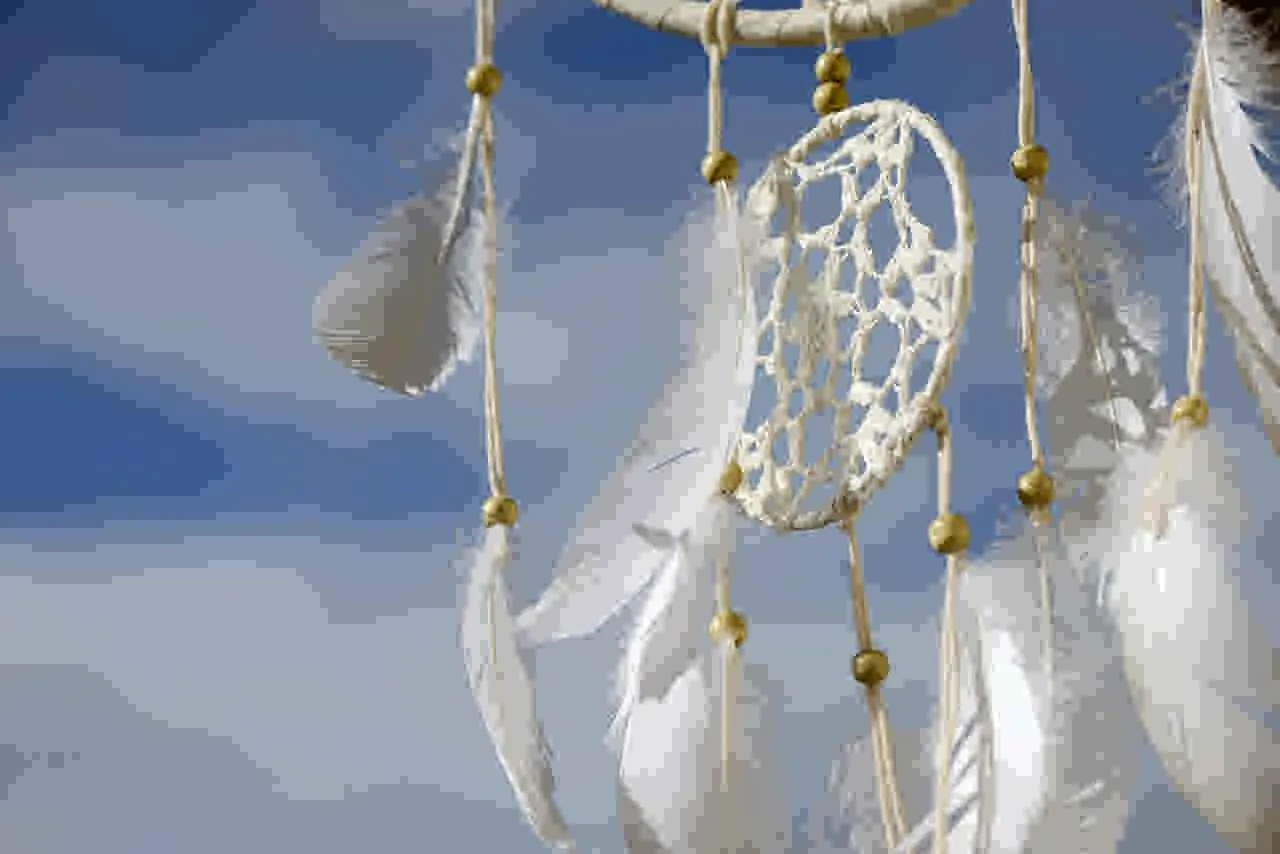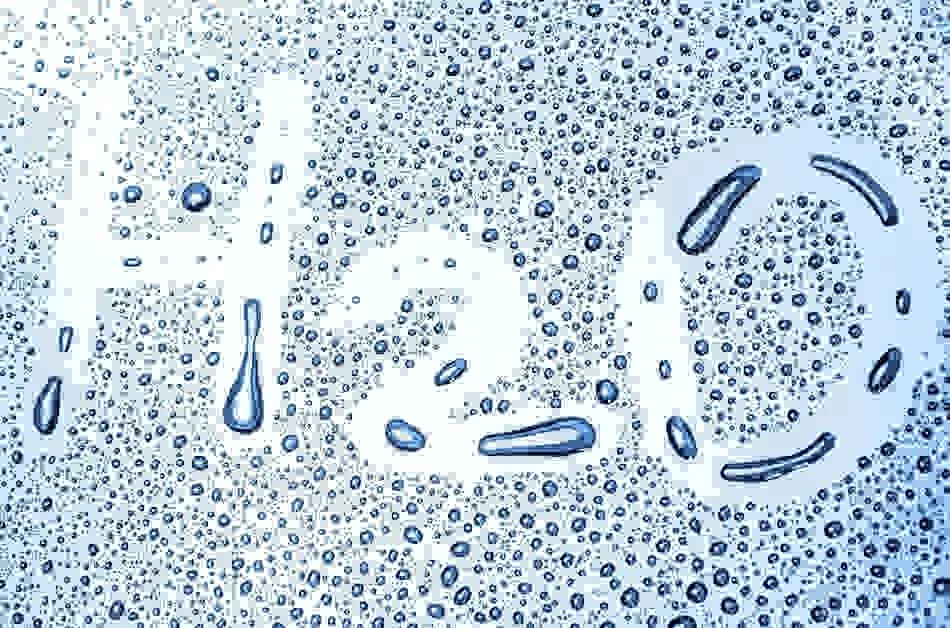Levapioli every culture has its own gems—those little treasures that bind people together, tell stories across generations, and bring meaning to everyday life. Some traditions come in the form of music, others in food, dance, or clothing. For many, it’s a combination of all these things. But one tradition that stands out for its richness, adaptability, and beauty is Levapioli.
Levapioli is more than a practice. It’s a symbol of creativity, resilience, and cultural pride. What makes it especially fascinating is the wide range of variations that have emerged over centuries. These variations not only show how Leva adapts to different times and places, but also how deeply it connects with people on a personal and emotional level.
Why Levapioli Matters
Why should we spend time talking about Levapioli? In a world full of fast-moving technology, instant entertainment, and constant change, does a traditional practice like this really hold weight?
The answer is a firm yes. Levapioli matters, and here’s why:
1. A Keeper of Culture
Traditions like Levapioli act as a time capsule. They carry stories, techniques, and meanings from generations long past. Without them, much of our cultural memory would vanish. Leva helps keep alive the voices of ancestors who shaped communities and gave meaning to everyday life.
2. A Celebration of Creativity
What sets Levapioli apart is its adaptability. Unlike traditions that are rigid and unchanging, Leva actually thrives on variation. Each generation, family, or region adds something new. That creativity doesn’t dilute the tradition—it strengthens it.
3. A Source of Emotional Connection
Think of the moments that shape your identity: watching your grandmother carefully making something by hand, celebrating festivals where everyone takes part, or seeing a family heirloom passed down. Levapioli often carries those kinds of memories. For many, it’s not just an object or practice—it’s a connection to childhood, family, and belonging.
4. A Living Bridge
Levapioli matters because it’s a bridge between past and present. It respects its history while staying flexible enough to remain relevant in modern times. This makes it not just a relic of the past, but a living, breathing part of today’s culture.
The Beauty of Its Variations
One of the most captivating aspects of Levapioli is how many different variations exist. This variety is not a weakness—it’s the very thing that makes it thrive.
Imagine a melody. The original tune is beautiful, but when different musicians interpret it—some adding new instruments, others changing the tempo—it becomes something richer, layered, and endlessly fascinating. Leva works the same way.
Each variation reflects:
- The region where it’s made.
- The time period it belongs to.
- The personal creativity of those who shape it.
This diversity is a celebration of human ingenuity. It shows that people don’t just preserve traditions blindly—they interact with them, adapt them, and make them their own.
Without variations, Levapioli might have been forgotten. But because it’s so flexible, it continues to resonate with new generations.
What is Levapioli?
We’ll take a long and detailed journey into the world of Levapioli. We’ll uncover its origins, trace how it has evolved, explore the different types of variations, and reflect on why it matters so much today. You’ll also discover how it lives on in modern life, from festivals and family gatherings to global social media platforms.
Whether you already have memories of Leva or this is your first time hearing about it, this piece will help you appreciate why it deserves recognition and why it continues to inspire people across the world.
Let’s get to the heart of it: what exactly is Levapioli?
Origins and Meaning
The term itself comes from old linguistic roots. “Leva” means to lift, rise, or bring upward, while “pioli” suggests layering, folding, or structure. Put together, Levapioli means “that which rises or unfolds in layers.”
This is more than poetic—it perfectly describes the essence of Leva. It’s something that is built step by step, with patience, skill, and intention.
Historically, Levapioli was closely tied to community practices. It was used during seasonal transitions, festive gatherings, or family milestones. Each creation carried symbolism, often representing prosperity, transformation, or unity.
How It Evolved Over Time
At first, Levapioli was simple and functional. But like many traditions, it didn’t stay static. As people traveled, traded, and interacted with new cultures, Leva absorbed new influences.
In some areas, it became more decorative. Others it was simplified for everyday use. In some families, it stayed a sacred ceremonial act.
By the time Levapioli entered the modern era, it had become a canvas of variation. Some stayed loyal to the classic form, while others introduced bold, experimental twists. This is why today, Leva can mean many things depending on where you are and who you ask.
Types of Levapioli Variations
To truly understand Levapioli, you have to explore its many variations. Each type tells a unique story.
1. The Classic Form
This is the original style, respected for its authenticity. It uses old methods, careful techniques, and often takes a lot of time to create. People often associate it with festivals, ceremonies, or cultural pride.
The classic form is treasured because it feels untouched by modern shortcuts. It’s pure tradition—something you experience not just with your eyes but with your soul.
2. Modern Twists
The modern era has brought countless innovations. Younger generations who grew up with Leva have added their own creativity. These “twists” often involve:
- Using contemporary materials.
- Simplifying the process for busy lives.
- Adding bold designs and colors that appeal to younger tastes.
While purists may argue these versions aren’t “real” Levapioli, they play a crucial role. Without them, Levapioli might feel outdated. With them, it feels alive and fresh.
3. Regional Styles
Levapioli is not uniform across the world. Each region has its own version, influenced by geography, climate, and local customs. For example:
- Some regions make Levapioli larger and more decorative.
- Others keep it small and functional.
- Some focus on bright, celebratory colors.
- Others prefer neutral tones for everyday use.
These regional variations are like accents in language—each one unique but still connected to the same root.
4. Festive and Ceremonial Variations
Levapioli reaches its peak during festivals and ceremonies. Weddings, harvest celebrations, and religious rituals often feature special versions that are more elaborate, colorful, or symbolic.
These ceremonial Leva carry deeper meaning. They’re not just for beauty—they’re believed to bring blessings, prosperity, or protection to those involved.
Why Variations Matter
Why are variations so important? Couldn’t Levapioli survive as one simple form?
The answer is no. Variations are the reason Levapioli is still here today.
Cultural and Family Traditions
Each variation represents a family’s unique identity. Grandparents might teach their grandchildren a certain way of making Levapioli, which then becomes their “family version.” This makes Levapioli deeply personal and intimate.
Heritage and Innovation
Levapioli thrives because it balances heritage with innovation. Some versions look backward to preserve the past. Others look forward to experiment with the future. Together, they create a tradition that is both timeless and adaptable.
Emotional Connections
For many, variations aren’t just about looks—they’re tied to emotions. A person might remember a specific variation their mother made for festivals, or the version that was used at their wedding. These emotional ties make Levapioli more than tradition—it becomes memory itself.
Making and Experiencing Levapioli
Levapioli is not just something to look at—it’s something to make and experience.
Key Elements and Techniques
Traditional Leva requires patience. It’s often made in steps, with layers added carefully. These techniques are passed down through practice rather than books. Watching someone make it can feel almost meditative.
Creativity and Uniqueness
No two Levapioli are ever the same. Each maker adds a personal touch, whether intentional or not. This uniqueness is what makes every version feel alive.
Tips to Enjoy Authentically
- Try to experience both the classic and the modern versions.
- If possible, learn to make one yourself. The process deepens appreciation.
- Ask about the story behind a variation—often, it’s as meaningful as the object itself.
- Share it with others. Levapioli is about togetherness as much as craft.
Levapioli in Today’s World
Levapioli is not frozen in time. It thrives in today’s fast-paced, digital world.
Media and Social Platforms
Platforms like Instagram, TikTok, and YouTube have given Levapioli new life. Tutorials, reels, and artistic showcases spread it far beyond its original regions. Young people are discovering it not through family, but through viral videos.
Global Influence
Because of globalization, Levapioli is no longer local. It has crossed borders and cultures. It’s now celebrated at international festivals, art exhibitions, and cultural fairs.
Technology’s Role
Technology has transformed Levapioli in three ways:
- Education: Online workshops help people learn even if they’re far from their cultural roots.
- Design: Digital tools allow for modern reinterpretations.
- Preservation: Virtual museums and archives keep the tradition accessible for future generations.
Stories Around Levapioli
Every tradition carries stories, and Levapioli is no different.
Myths and Folklore
In folklore, Levapioli was sometimes seen as a symbol of luck and protection. Legends suggested that carefully made Leva could bring prosperity to a household or ward off negativity.
Real-Life Inspirations
Beyond myths, real families attach deep meaning to Levapioli. For example, some communities make special versions only during weddings, believing they bring blessings to the couple. Others create them during harvest as a way to thank nature.
Artists, poets, and writers often use Leva as inspiration, seeing it as a metaphor for layered identity and resilience.
The Future of Levapioli
What lies ahead for Levapioli?
New Trends
Younger generations are creating exciting fusions:
- Eco-friendly Levapioli, made with sustainable materials.
- Digital designs, where Leva exists virtually as art.
- Fashion adaptations, where elements of Leva appear in modern clothing.
Globalization and Change
As Levapioli spreads globally, it will continue to evolve. Some traditions may be lost, but new versions will emerge. This change isn’t destruction—it’s growth. It proves that Levapioli is not stuck in the past but ready for the future.
Conclusion
Levapioli is not just a tradition—it’s a living, evolving expression of culture, memory, and creativity. Its variations make it powerful. They show that heritage can survive, not by staying rigid, but by adapting and reinventing itself across generations.
From its classic forms to bold modern twists, from intimate family versions to grand ceremonial masterpieces, Leva reflects the story of humanity: how we remember, how we innovate, and how we connect.
In today’s fast-paced world, Levapioli reminds us of something vital: tradition doesn’t have to fade. It can evolve, inspire, and continue to bring joy.
So the next time you encounter Leva, whether in a traditional festival or a modern social media post, take a moment to appreciate it. Behind every fold, every variation, and every story lies not just culture, but the very essence of human creativity.



